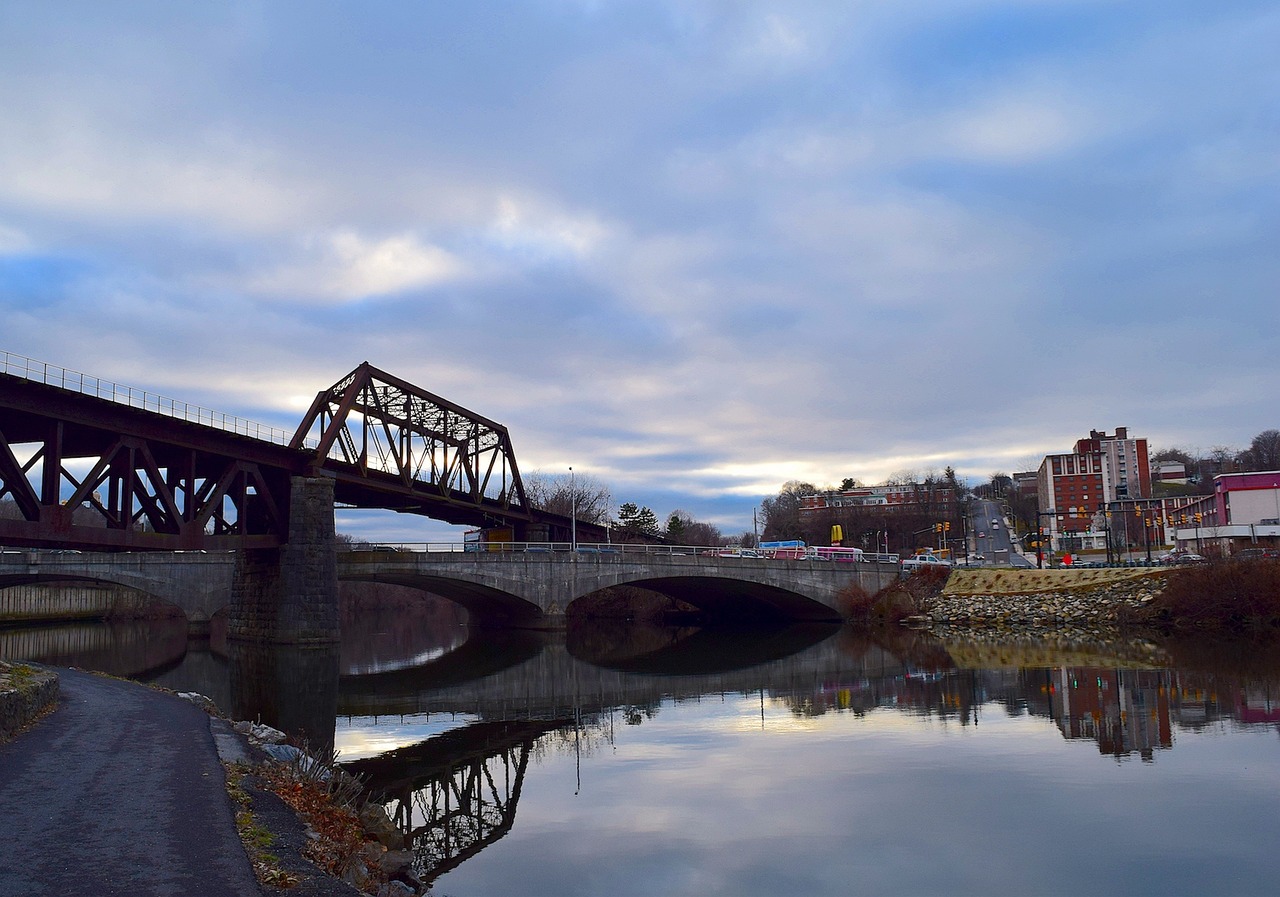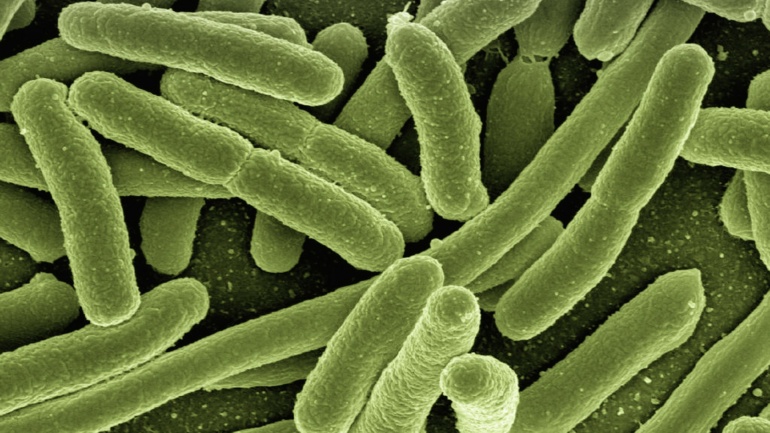By: Julia Lee, Publishing Associate: Researcher and Writer at Save the Water™| May 27, 2023
A pipe ruptured in Pennsylvania and released between 8,100 and 12,000 gallons of chemicals into the Delaware River. The river serves as a source of drinking water for millions of people across four states. The chemical, a latex emulsion product, spilled into Otter Creek. Then the spill flowed into the Delaware River. As a result, the city of Philadelphia advised its residents not to drink tap water and use bottled water instead.
Details of the Chemical Spill
Trinseo Altuglas, LLC provides specialty material solutions. Representatives of the company say that equipment failure resulted in the chemical spill. Experts say that the toxin is usually only dangerous with direct exposure. This liquid mixes with water and has tiny pieces called polymers; half is water and half is latex. Some of the chemicals released from the train derailment in East Palestine, Ohio, were among the materials released. “Some of the material overflowed the on-site containment system and entered a storm drain, where it flowed to Otter Creek and then to the Delaware River,” Trinseo representatives said.
How the Chemical Spill Impacted Residents
Philadelphia residents panicked because the spill might impact their water. They scrambled to get the last bottles of water on the shelves at grocery and department stores. After Philly residents received a public safety alert from the city, the shelves for bottled water were bare. Videos on social media show residents waiting in long lines and leaving stores disappointed upon hearing that they ran out of bottled water. Furthermore, residents began driving to stores beyond Philadelphia. This impacted bottled water supplies in surrounding towns.
Residents were rightfully worried because, in general, ingestion of such a solution may cause gastrointestinal symptoms such as:
- Nausea
- Vomiting
- Diarrhea
- Irritation or damage to the skin and eyes
- Irritation of respiratory system upon inhalation or contact
Hours after the initial public safety alert, a second alert reassured residents that the water supply was clean and safe to use. The city’s inconsistent reporting on whether the water was safe to drink frustrated residents. This example highlights cities’ need for effective communication and engagement with communities. Many cities are learning to involve the public in water planning and management and to be transparent about water-related issues.
What Else are Cities Learning from Water Crises?
In addition to the water crisis in Flint, Michigan, the chemical spill in Bucks County accompanies a recent chemical spill in East Palestine, Ohio. In February, the derailment of a train carrying toxic chemicals contaminated the municipal water system. Also recently in water news is a water crisis in Jackson, Mississippi, where over 150,000 people lack clean drinking water.
This series of disasters has highlighted the vulnerabilities of our infrastructures. Moreover, these disasters reinforce the need for long-term planning and investment in water infrastructure in the United States.
Clean water infrastructure includes components such as treatment plants, storage facilities, pumping stations, pipelines, and distribution networks. These components must be designed and built to ensure that they can withstand chemical spills as well as environmental factors.
The recent water crisis in Pennsylvania illustrates the importance of diversifying water sources. Cities are realizing that relying on a single water source, such as a river or a groundwater well, isn’t enough. In order to ensure a reliable and sustainable water supply, cities should invest in diversifying water sources, such as:
- Rainwater harvesting
- Groundwater recharge
- Using treated wastewater for non-potable purposes
- Desalination of water
- Water reusing
- Water transfers
By taking proactive steps to invest in clean water infrastructure and diversify water sources, cities can help to prevent future water crises and ensure access to clean drinking water for all.





